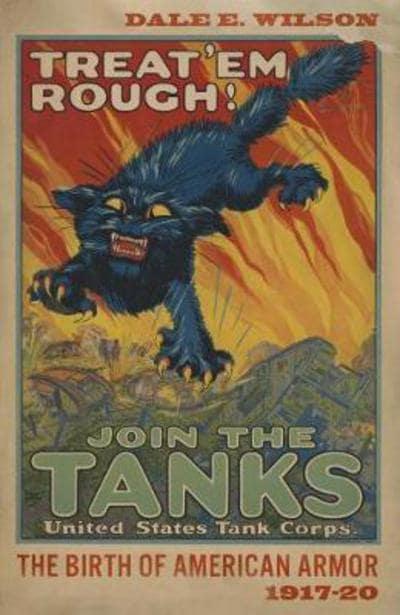Treat 'Em Rough
Usually shipped within 24 hours
UK deliveries from £5.95
Delivery & Returns
Delivery & Returns
We use the Royal Mail, DHL Express or UPS for our customers. For UK addresses, deliveries under 10kg are a standard £4.95 via Royal Mail Tracked 48 Service. For orders over 10kg and overseas customers, postage is calculated for you at checkout once you have entered your postal address. This price, does not include any potential custom charges that may apply, depending on the product or destination, as every country has very different import duties / taxes. Online exclusive products (such as trainers) will be delivered to you directly from the printer, separate from other items in your order, but your postage fee covers ALL items in your order.
If you are unhappy with your purchase, please email shop@tankmuseum.org within fourteen (14) working days of receiving your goods, and return it to us at the address below, in its original condition, unopened (with any seals and shrink-wrap intact) and we will issue you a full refund or replace it. Goods must be returned at your own cost. If the item is faulty, you do not need to return it, we will send you a replacement free of charge.
Description
Description
The Birth of American Armour 1917-20.
By Dale E Wilson.
Tanks caused a havoc among the Germans when they first appeared on the battlefields of Europe in 1917. These metal monsters broke up the trench warfare stalemate and thus hastened the armistice. This is the first full study of the U.S. Army's World War I Tank Corps. Because of production delays and political manoeuvring, no American tanks made it into the war, and American tankers had to use French machines instead. But a new breed of army officers, of which Eisenhower and Patton are the most famous, saw the promise of this new technology and staked their careers on it. Ike trained the first generation of tankers at Camp Colt at Gettysburg, and Patton led them into battle in France.
The author brings these early days of the Tank Corps to life. Using eye-witness accounts from the archives at the Army War College and elsewhere, he details the design and building of the first tanks, the training of crews, the monstrous problem of transport in an age when roads were built for horse-drawn carriages, the evolution of armoured combat doctrine and the three great battles in which tanks revolutionized modern warfare: St Mihiel, Meuse-Argonne, and St. Quentin.
![Treat 'Em Rough Book [variant_option4]](http://tankmuseumshop.org/cdn/shop/products/9781612006673.jpg?v=1748338545&width=1214)

![Treat 'Em Rough Book [variant_option4]](http://tankmuseumshop.org/cdn/shop/products/9781612006673.jpg?v=1748338545&width=88)
![Christmas Tank Museum Wrapping Paper - Two sheet pack Wrapping Paper [variant_option4]](http://tankmuseumshop.org/cdn/shop/files/DSC2318.jpg?v=1759225755&width=176)
![Treat 'Em Rough Book [variant_option4]](http://tankmuseumshop.org/cdn/shop/products/9781612006673.jpg?v=1748338545&width=640)



